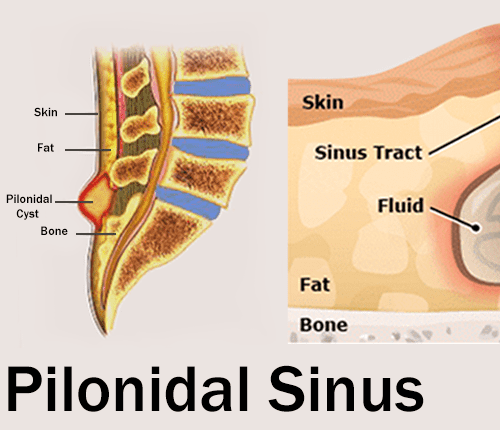Laser surgery for pilonidal sinus, fistula
Welcome to our comprehensive guide on laser surgery for pilonidal sinus and fistula—a state-of-the-art approach to treating these conditions. This one-page resource is designed to provide you with essential information about the procedure, its benefits, and what to expect throughout the process. Understanding Laser Surgery for Pilonidal Sinus and Fistula: Laser surgery for pilonidal sinus and fistula is an advanced medical procedure that employs focused laser energy to address these conditions. This minimally invasive approach is gaining popularity for its precision and reduced postoperative complications.

Key Benefits:
Minimally Invasive Precision: Laser surgery involves precise targeting of affected tissues, minimizing damage to surrounding healthy areas.
Faster Recovery: Due to the minimally invasive nature of laser surgery, patients often experience a quicker recovery compared to traditional surgical methods.
Reduced Pain: Laser surgery is associated with less postoperative pain, contributing to a more comfortable recovery.
Lower Infection Risk: The focused nature of laser energy reduces the risk of postoperative infections.
Minimal Scarring: Laser surgery typically results in minimal scarring, enhancing the cosmetic outcome.
Procedure Overview:
Anesthesia: Depending on the case, local or general anesthesia may be administered for patient comfort.
Laser Application: The surgeon uses a specialized laser to precisely target and remove the affected tissues, addressing the pilonidal sinus or fistula.
Wound Closure: In many cases, the wound is left open to heal naturally, or a minimal closure method is employed.
Postoperative Care: Patients are provided with detailed instructions on wound care and postoperative recovery measures.
After Laser Surgery: What to Expect:
Recovery Period: Most patients experience a faster recovery, with reduced pain and discomfort.
Wound Care: Follow the recommended wound care instructions provided by your healthcare team.
Activity Gradual Resumption: Resume normal activities gradually, as guided by your healthcare provider.
Follow-up Appointments: Regular follow-up sessions will be scheduled to monitor your healing progress and address any concerns.
Conclusion: Laser surgery for pilonidal sinus and fistula offers a cutting-edge and patient-friendly alternative to traditional surgical methods. If you have further questions or wish to explore this option, consult with your healthcare provider for personalized guidance. Your path to effective treatment and recovery begins here .
